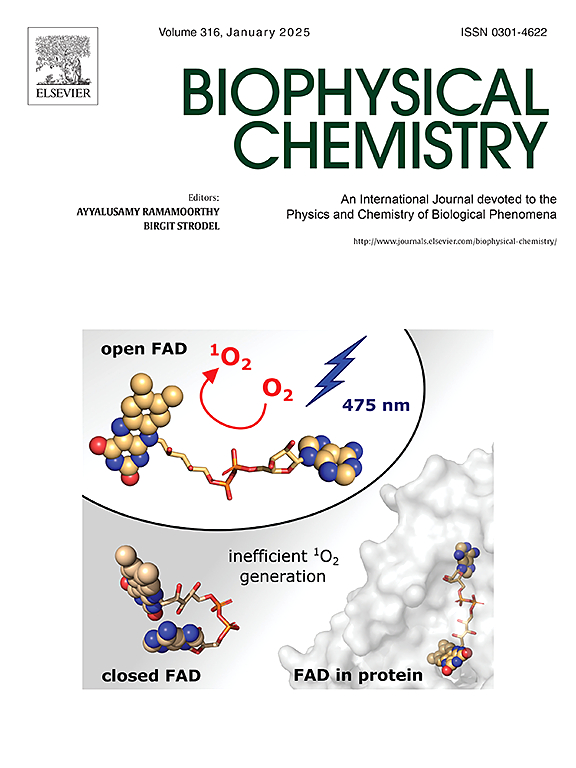A semiempirical and machine learning approach for fragment-based structural analysis of non-hydroxamate HDAC3 inhibitors
IF 2.2
3区 生物学
Q2 BIOCHEMISTRY & MOLECULAR BIOLOGY
引用次数: 0
Abstract
Interest in HDAC3 inhibitors (HDAC3i) for pharmacological applications outside of cancer is growing. However, concerns regarding the possible mutagenicity of the commonly used hydroxamates (zinc-binding groups, ZBGs) are also increasing. Considering these concerns, non-hydroxamate ZBGs offer a promising alternative for the development of non-mutagenic HDAC3 inhibitors. Unfortunately, the quantum chemical space of non-hydroxamates has not been studied in detail. This study has three primary goals: (i) to perform semiempirical quantum chemical calculations, examining AM-1 model parameters relevant to zinc binding, (ii) to develop supervised mathematical learning models to train a diverse set of non-hydroxamate-based HDAC3i, and (iii) to apply fragment-based approaches to identify sub-structural fragments (fingerprints) that promote or hinder HDAC3 inhibitory activity through classification-based QSARs. In addition, flexible molecular docking analysis, 200 ns MD simulation, and free energy landscape (FEL) analysis further established the importance of identified fingerprints in the modulation of HDAC3 inhibitory activity. This comprehensive analysis of structural variations among non-hydroxamate HDAC3i provides valuable insights, contributing to the design of potential non-mutagenic HDAC3i.

半经验和机器学习方法用于非羟酸酯类HDAC3抑制剂的片段结构分析
对HDAC3抑制剂(HDAC3i)在癌症以外的药理应用的兴趣正在增长。然而,对常用羟酸盐(锌结合基团,zbg)可能的致突变性的担忧也在增加。考虑到这些问题,非羟化ZBGs为开发非致突变性HDAC3抑制剂提供了一个有希望的选择。遗憾的是,非羟基酸盐的量子化学空间尚未得到详细的研究。本研究有三个主要目标:(i)进行半经验量子化学计算,检查与锌结合相关的AM-1模型参数,(ii)开发有监督的数学学习模型,以训练一组不同的非羟酸盐基HDAC3i, (iii)应用基于片段的方法,通过基于分类的qsar识别促进或阻碍HDAC3抑制活性的亚结构片段(指纹)。此外,柔性分子对接分析、200 ns MD模拟和自由能景观(FEL)分析进一步证实了鉴定指纹在HDAC3抑制活性调节中的重要性。这种对非羟化HDAC3i结构变化的全面分析提供了有价值的见解,有助于设计潜在的非致突变性HDAC3i。
本文章由计算机程序翻译,如有差异,请以英文原文为准。
求助全文
约1分钟内获得全文
求助全文
来源期刊

Biophysical chemistry
生物-生化与分子生物学
CiteScore
6.10
自引率
10.50%
发文量
121
审稿时长
20 days
期刊介绍:
Biophysical Chemistry publishes original work and reviews in the areas of chemistry and physics directly impacting biological phenomena. Quantitative analysis of the properties of biological macromolecules, biologically active molecules, macromolecular assemblies and cell components in terms of kinetics, thermodynamics, spatio-temporal organization, NMR and X-ray structural biology, as well as single-molecule detection represent a major focus of the journal. Theoretical and computational treatments of biomacromolecular systems, macromolecular interactions, regulatory control and systems biology are also of interest to the journal.
 求助内容:
求助内容: 应助结果提醒方式:
应助结果提醒方式:


